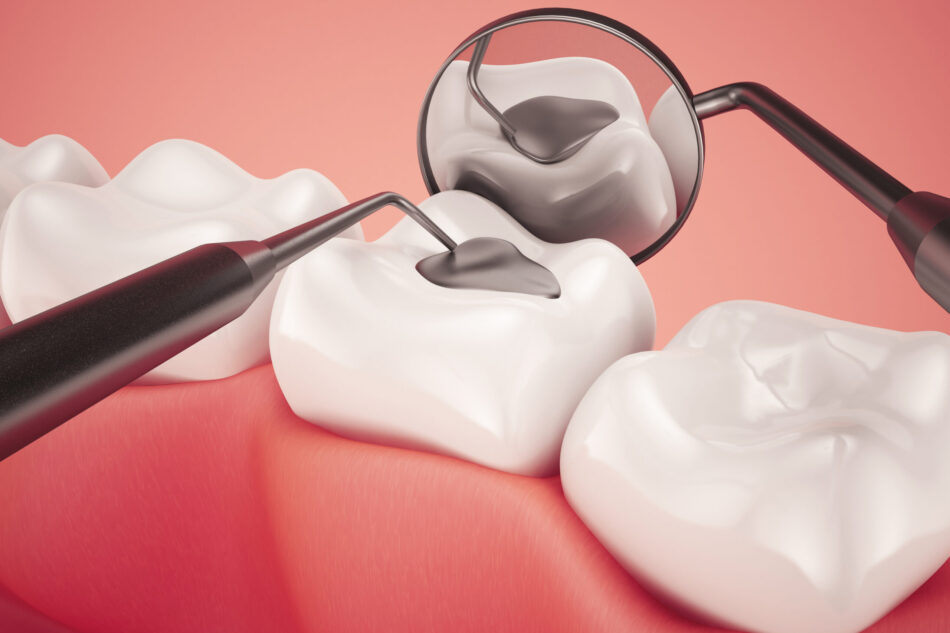Toothaches and dental discomfort are often signs that something is wrong, and one of the most common culprits is a cavity. Thankfully, modern dentistry offers simple solutions, and tooth fillings are among the most effective treatments. But when it comes to scheduling an appointment, a common concern often arises: how much does a tooth filling cost? The answer depends on various factors, from the material used to the complexity of the procedure—and, of course, where you’re located. If you’re living in or visiting the UAE, you might be wondering about the Tooth Filling Cost in Dubai, which can vary greatly depending on multiple considerations.
Why Do You Need a Tooth Filling?
Before diving into the cost, it’s important to understand why a tooth filling is necessary in the first place. Cavities form when plaque builds up on your teeth, leading to decay. If left untreated, this decay can spread, causing pain, infection, and eventually leading to more complex treatments like root canals or even tooth extraction.
Tooth fillings serve as an effective barrier, sealing the cavity and preventing further damage. The procedure is quick, safe, and can restore your tooth’s functionality within a single visit.
Types of Tooth Fillings
One of the major factors that influence the cost of a tooth filling is the type of material used. Each material has its pros and cons, including aesthetics, durability, and price point:
- Composite Fillings: These are tooth-coloured and blend well with natural teeth. Ideal for visible areas like front teeth, composite fillings are popular but may be slightly more expensive due to their aesthetic appeal.
- Amalgam Fillings: Made from a mix of metals, these are known for their durability and affordability. However, they are more noticeable, which may not be ideal for those who are conscious about aesthetics.
- Ceramic Fillings: These are also tooth-colored but are made of porcelain. They are resistant to staining and can last a long time, making them a premium option.
- Gold Fillings: Extremely durable and long-lasting, gold fillings are rarely used today due to their cost and visibility, but they are still an option for those looking for longevity.
Factors That Affect the Cost of Tooth Fillings
The price of a dental filling isn’t fixed. Several factors come into play, including:
- Cavity Size and Location: Larger cavities require more filling material and time, which can increase the price. Molars, which are harder to reach, might also cost more due to the complexity of the procedure.
- Type of Filling Material: As mentioned, some materials like ceramic and gold are more expensive than amalgam or composite.
- Technology Used: Clinics using advanced digital imaging or laser tools might have higher charges, but these tools can provide better precision and comfort.
- Experience of the Dental Professional: While we won’t mention any specific practitioners or clinics, it’s worth noting that more experienced professionals might charge more for their services, reflecting the quality and reliability of their work.
- Additional Treatments: Sometimes, a filling may be accompanied by other procedures like cleaning, X-rays, or local anesthesia, all of which can add to the total cost.
If you’re specifically looking into the Tooth Filling Cost in Dubai, these variables will still apply, though costs can differ based on local economic conditions and clinic facilities.

The Long-Term Value of a Tooth Filling
While it’s natural to be cost-conscious, it’s also important to consider the long-term value of getting a filling done early. Ignoring a cavity can lead to more serious issues down the road, requiring root canals, crowns, or even extractions—all of which are significantly more expensive and invasive than a simple filling.
A properly done tooth filling can last anywhere from 5 to 15 years depending on the material used and how well you care for your oral hygiene. This makes it not just a necessary treatment, but also a smart investment in your long-term dental health.
How to Prepare for Your Dental Visit
Being informed and prepared can help reduce any anxiety and ensure that you get the best treatment for your needs. Here are a few tips:
- Ask Questions: Don’t hesitate to inquire about the type of materials used, their lifespan, and any aftercare you might need.
- Know Your Insurance Coverage: If you have dental insurance, check what is covered. Many plans partially or fully cover basic restorative procedures like fillings.
- Plan for Maintenance: After your filling is placed, continue with regular brushing, flossing, and dental visits. A filling is not a cure, but a repair—so the rest of your teeth still need care.
Final Thoughts
Getting a tooth filling is one of the simplest yet most effective ways to protect your smile and prevent future dental issues. While the cost can vary depending on several factors, the benefits far outweigh the expense. If you’re considering getting dental care in the UAE, it’s helpful to understand the Tooth Filling Cost Dubai, especially if you’re aiming for a balance between quality, comfort, and value. Making informed decisions now can save you from discomfort and higher expenses in the future, helping you maintain a healthy, confident smile for years to come.








